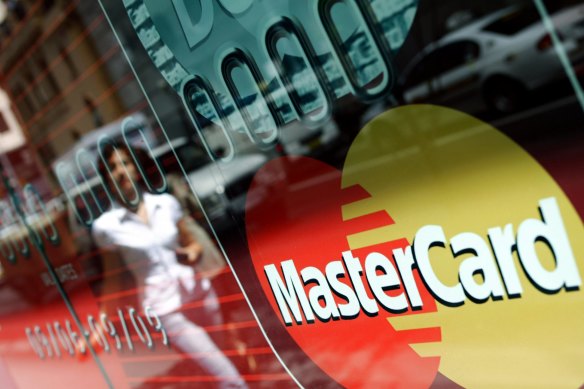Don’t be a bill D.I.L: How digital laziness could be costing you money
Price rises almost across the board are devouring our discretionary dollars, to the point where you may have very little savings capacity left.
To make matters worse, interest rate hikes over the past five months have also added about $700 to the average mortgage.
However, you may not realise just how much control you have over all of the above, doubly so if you’ve automated your finances via a series of convenient but, I’m betting, increasingly costly direct debits.
Set and forget direct debits could be costing you money.Credit:Michel O’Sullivan
Providers of everything from our utilities to financial products have been urging us to go online for years, sometimes even now charging for paper bills or statements.
They have also been pushing “hassle-free” renewal “rollovers” hard, where your credit or debit card is simply charged when a payment is due, in a set-and-forget strategy that sounds appealing in our busy lives.
The real risk is that these ubiquitous offers have turned us into a nation of what I call Bill D.I.Ls, where Digitally Induced Laziness makes us entirely incognisant of how much something costs.
Then, even if the price doesn’t escalate over time (but it almost always will), you never consider that there are far cheaper alternatives. And cynically, that’s probably the whole point.
It’s the lazy tax lubricated by technology. The trigger to interrogate your expenses – a “you-have-got-to-be-kidding” bill – is gone.
Take insurance, for example. While there can be reasons to retain life and income protection policies, to do with your age, health and coverage challenges, younger and fitter people are free to move – and save money. Give alternative providers a Google and get an online premium estimate.
It’s possible there is even more cash you can claw back when it comes to private health insurance. The independent privatehealth.gov.au allows you to compare policies that suit your family’s needs. The difference in premiums is staggering at often thousands of dollars a year.
Remember, to ensure “portability” in this industry, you don’t need to re-serve any hospital waiting periods. A provider may even waive the waits on extras, to get you across to their product.
Another major source of price pressure is energy, but a Queensland University of Technology study last year found one-in-four Aussies have never compared their utility bill with what is available from another provider, and one-in-five had never switched.
With gas and electricity, the websites to tell you if you’re paying over the odds are government-funded: energymadeeasy.gov.au and in Victoria, compare.energy.vic.gov.au. Typical savings are $1000 or more a year.
And what about your phone and internet? There are new cheaper deals available all the time – often white-labelled offerings from the main telco companies, particularly if you BYO your handset.
I like whistleout.com.au to look for the cheapest deals. It’s possible you could cut your bill in half.
Just be aware that with all commercial comparators, you will need to find and disable what I call the “bias button”, whatever mechanism the site uses to display its partners rather than your top products.
This brings us to your financial products. Yes, you could no doubt get a credit card with a lower rate of interest. If you can only afford to pay the (ludicrously low) minimum required, this will be cut by how much your debt grows.
If you carry over debt, it is better to investigate a balance transfer to another provider that will charge you zero per cent for a time. Up to 36 months is available.
But it’s the products where the interest rate influences the repayment where you will be feeling the immediate pain: personal and home loans.
While the big banks are giving unprecedented discounts to stem an exodus by borrowers desperate to cut the cost, the difference between the major bank headline packaged rate and the cheapest comparable loans in the market has blown out to 2.67 percentage points, according to analysis by Mozo. That’s a saving of $940 a month on the average mortgage.
Technology is again there to help. Financial comparison websites that do so include Canstar, Finder, Mozo and RateCity.
So, forget letting Digitally Induced Laziness suppress your solvency and become a financially sound Digitally Informed Leaver.
- Advice given in this article is general in nature and is not intended to influence readers’ decisions about investing or financial products. They should always seek their own professional advice that takes into account their own personal circumstances before making any financial decisions.
Nicole Pedersen-McKinnon is the author of How to Get Mortgage-Free Like Me. Follow Nicole on Facebook, Twitter and Instagram.
Most Viewed in Money
From our partners
Source: Read Full Article


